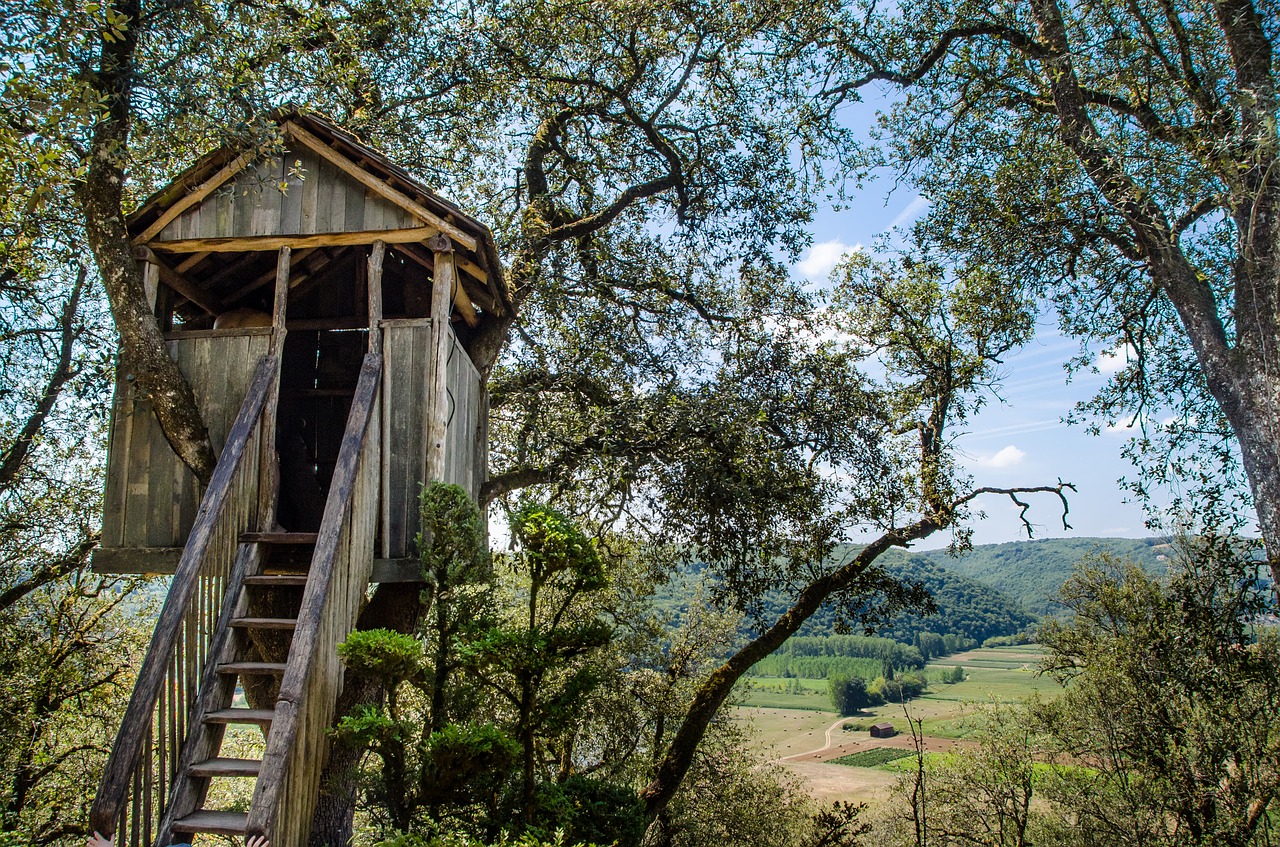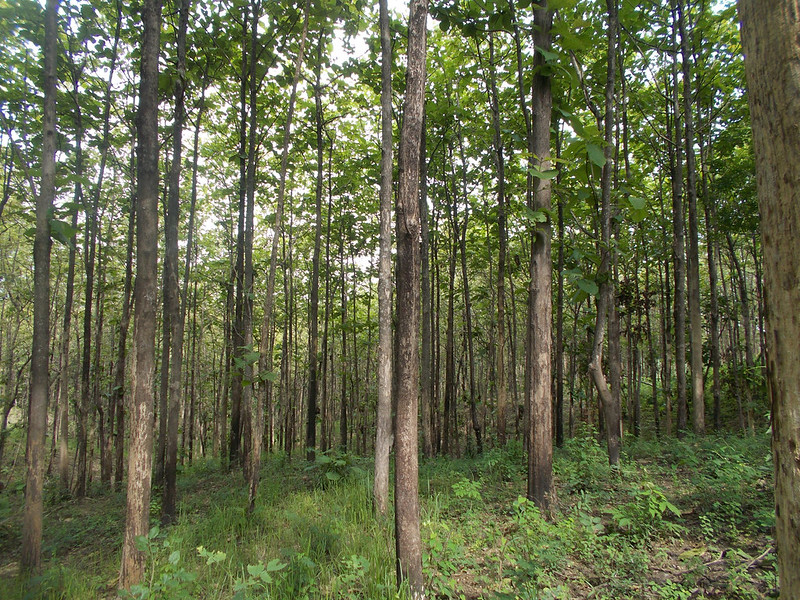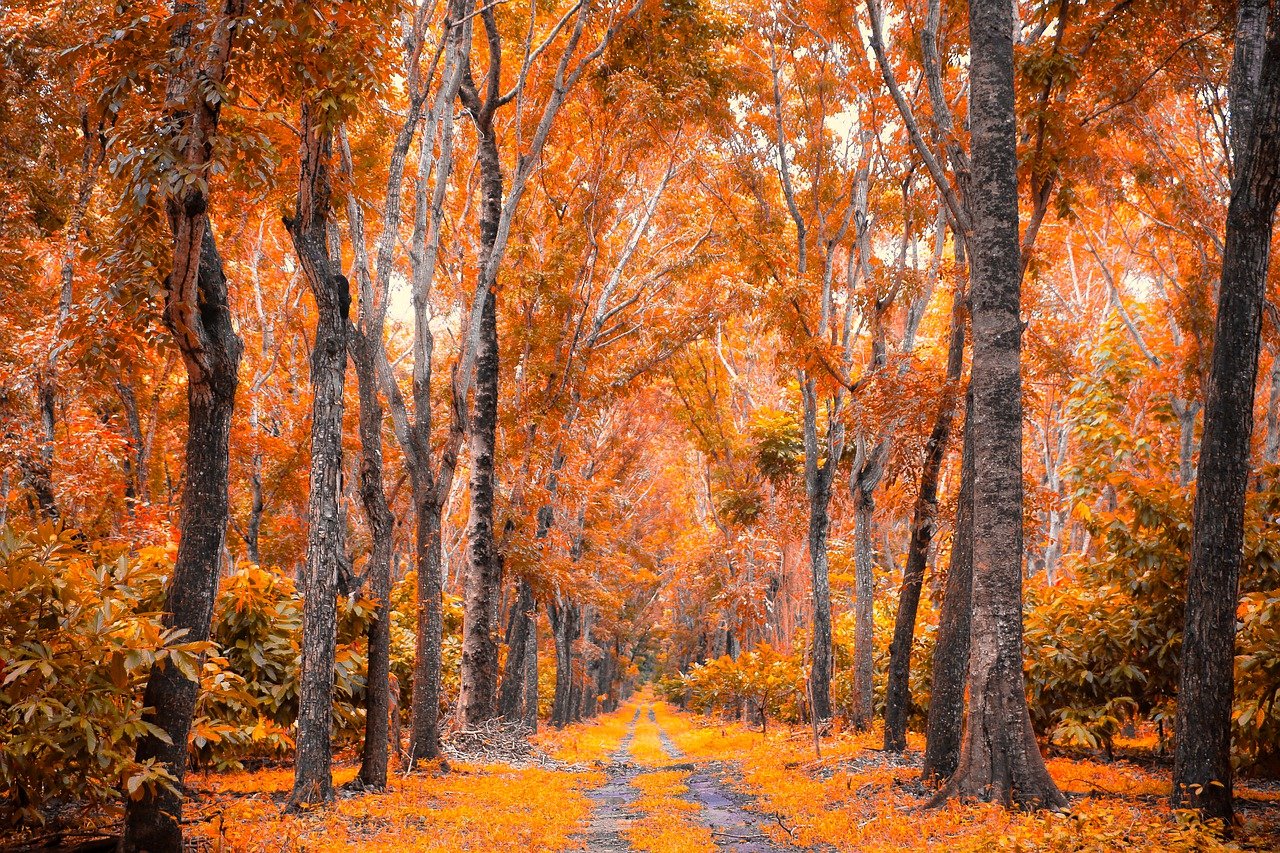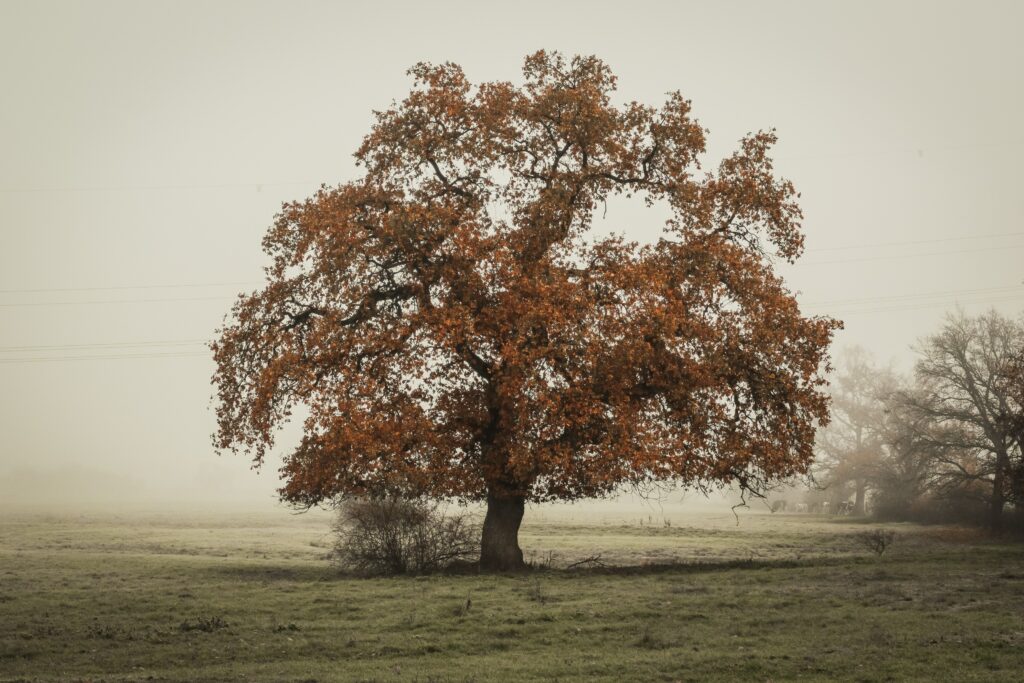For those new to the world of wood, the depth of knowledge can be a daunting prospect. Wood Finishes Direct are fortunate enough to be blessed with an abundance of different species of trees across the planet, all producing wood with unique and often highly versatile qualities.
As in the name, hardwoods are customarily the sturdier type of wood. Their slow growth time produces a naturally denser wood that ensures their strong resistance to wear. Additionally, they’re simple to clean and maintain, saving you time and money in the long run. Softwoods, on the other hand, are versatile and more easily sourced. From a sustainability perspective, their faster growth time means they’re considered the more renewable option.
All these characteristics are worth considering when it comes to selecting which wood to use in your garden. Depending on your project size, the weather exposure your garden faces is also a key consideration, especially in the heart of a British winter; while the summer sun will also pose problems of its own.

Teak
Ideal for: Garden Furniture that Lasts
Teak is a wood renowned for its aesthetic beauty. Naturally durable capabilities make it an ideal choice for garden furniture. Exposed to the elements, these pieces take quite a beating throughout the year. As such, a resistance to weathering and UV rays (as harboured by teak) are qualities highly sought after.
The formulation of natural oils will also protect your garden furniture against water damage. Moreover, teak boasts a natural defence against insects and other creepy crawlies, as well as repelling dirt. Essentially, teak will work to help maintain its aesthetic beauty.
The only perceivable downside is the price, but quality invariably costs money. Consider teak as an investment, through proper care it will serve you well for years to come. Ultimately, this will save you money in the long run.

To Finish: Osmo Teak Oil Spray
Osmo’s teak oil comes in a convenient spray can and is purpose-built for protecting and maintaining exterior hardwood, such as garden furniture. It will provide extra durability and ensure its stunning aesthetic remains protected over time.
Once applied, it will deeply impregnate the wood in order to regulate its moisture content, preventing any swelling and shrinkage of the wood.
Cedar
Ideal for: Decking that Makes a Statement
Although considered a softwood, Cedar is known to hold well against weathering. Its natural moisture resistance is incredibly helpful for flat, horizontal surfaces such as decking, where water can collect.
In a similar manner to teak, you’ll find that natural oils provide good protection against wood rot and decay. Its ingrained ability to regulate its moisture content means it’s also less likely to be encumbered by timber warping and splitting.
Cedar is the way to go if you seek a seamless, natural design for your decking that’s very easy on the eye; an advantageous characteristic for decking. Its incredible versatility also offers a lot of options with regards to stains.

To Finish: Manns Premier UV Decking Oil
This ever-popular, multi-purpose decking oil provides resounding qualities for cedar decking. Its unique formula is essential for protecting the aesthetic from sun damage and the greying, discolouring effects that can occur.
Considering the often busy nature of decking and the wear this can occur, this product will help to ensure your decking remains durable in the long wrong. Its use will supply excellent, additional weather resistance, as well as safeguarding against foot traffic.
European Oak
Ideal for: A Buy it For Life Summer House
Oak essentially sells itself. Its strong reputation with outdoor projects is derived from a wealth of reasons. Of these, high durability and sturdiness are two qualities that transmit perfectly to the requirements one seeks in a summer house. Under a barrage of British weather, it must hold up well throughout the year.
From the perspective of appearance, oak is universally adored. Its golden brown aesthetic is undeniably beautiful and offers a timeless look that will turn your summer house into a striking feature, rather than an understated addition. Need we say more?
It’s worth noting that oak does require a level of attentiveness through maintenance. Applying a thorough, protective treatment every few years will ensure it remains in its best condition, a small price to pay for the resounding qualities it offers.

To Finish: Barrettine Log Cabin Treatment
Although there is a whole manner of ways to protect your summer house from the elements, one surefire way is with a high-quality, protective treatment. One such product is Barrettine Log Cabin Treatment, it’s purpose-built for providing additional protection for preserved or tanalised timbers.
Preserving your wood will go a long way to protecting against water ingress, as well as wood rot and decay. Qualities like these can be considered essential for best protecting the grandeur of an oak summer house.
Final Thoughts
The size and scale of your next garden project will ultimately go a long way towards determining which type of wood to use. As discussed, teak, cedar and European oak offer a range of qualities that help determine their suitability for a variety of projects.
As a rule of thumb, hardwoods are an investment. If cared for correctly, their initial high costs are more than made up for by years of quality. Softwoods, while aesthetically pleasing and more sustainable, typically don’t offer the same level of durability and longevity.
Take some time to assess your budget and practical requirements. All these characteristics are worth considering when it comes to selecting which wood to use in your garden. As always, we’re here to offer our expert advice in helping you choose which wood is ideal for your next garden project.
Need help with your garden wood?
Contact our team of resident experts who are always on hand to help with project advice and product recommendations. Alternatively, see our FAQ page which covers many of the most commonly asked questions.
We love to see before, during and after photos of any wood finishing project. If you would like to share your project pictures with us and our followers, you can either send us some photos or share on our Facebook, Twitter, Pinterest or Instagram pages.




